The most popular natural element of the design of various rooms have long been flowers. With their help, it is possible to solve the zoning problems of the internal living space, emphasize the advantages, hide the flaws of the room, create a unique atmosphere of comfort and coziness, clean and moisturize the air. Correctly placing indoor plants in the interior, you can qualitatively transform any apartment or house. In this case, you can do without special financial costs.
Content
- 1 General tips for decorating the interior of the apartment with indoor plants
- 2 Making an apartment using indoor plants
- 3 Color Arrangement Options
- 4 Vertical gardening with indoor flowers
- 5 Tips for using plants to create different interior styles
- 6 Plants that improve indoor microclimate
- 7 Common Growing Questions
General tips for decorating the interior of the apartment with indoor plants
Properly located flowers in the room will help to beneficially change the home, emphasize the dignity of a particular interior space. For example, climbing plants low ceilings will make visually higher, fill the room with additional volume.
Using vertical gardening, you can effectively divide a large free space into several zones. Romantic design decisions will help to bring to life floral decorations. It is important when gardening to always take into account the proportions of a particular room.
To create a harmonious design of an apartment or house, it is recommended to use not only grassy, but also woody species. Ferns, ficuses, representatives of the palm family, curly greens are perfect for such purposes. It should be borne in mind that in small rooms it is undesirable to have large flowers, to abuse vegetation that stretches up. Outwardly attractive will be a combination in one row of leaves with different texture and height of the stem of flowers.
Bright flowers are best placed inside inconspicuous pots. At the same time, large-leaved specimens look best against the background of wallpaper with a small pattern. Plants with small leaves are recommended to be placed on a plain light background. When creating a flower arrangement in a room, it is necessary to take into account the features and rules of the content of various colors.
Making an apartment using indoor plants
A competent choice, the correct placement of vegetation in the house fills it with comfort and coziness. The main thing is the compliance of the premises with the conditions necessary for the growth and development of the selected species. In addition, it is important to consider the possible effect of flowers on the human body, their benefits or harm to health.
Living room
If this room has enough free space, then placing flowers there would be a great solution. The atmosphere of home comfort will help create curly plant species, small flowers, ampelous plants. In addition, the living room will be decorated with large specimens similar to a palm tree. Yucca, Dracaena will help to visually expand the boundaries of the premises, to bring natural lightness.
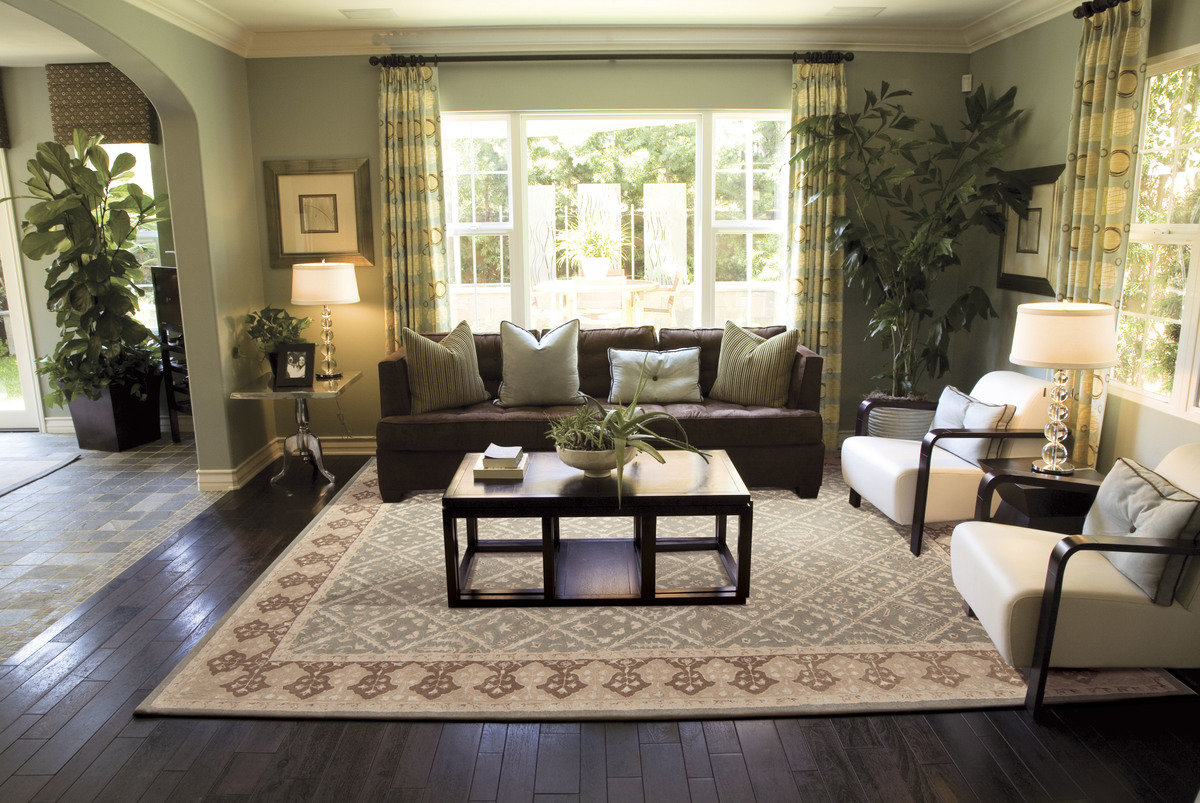
It is advisable to use large pots, racks, racks, planters, original coasters. When creating a flower arrangement, it is important to consider the need of plants in daylight. It is recommended to use flowers of various colors.
Bedroom
This room should be comfortable and safe for human life and health.In addition, the creation of a favorable microclimate inside the bedroom is aimed at providing conditions for good rest, relaxation, and recovery of strength. It is important to consider the features of the photosynthesis process, which consists in the fact that plants absorb oxygen at night, releasing carbon dioxide. Therefore, the amount of greenery in this room should be limited.
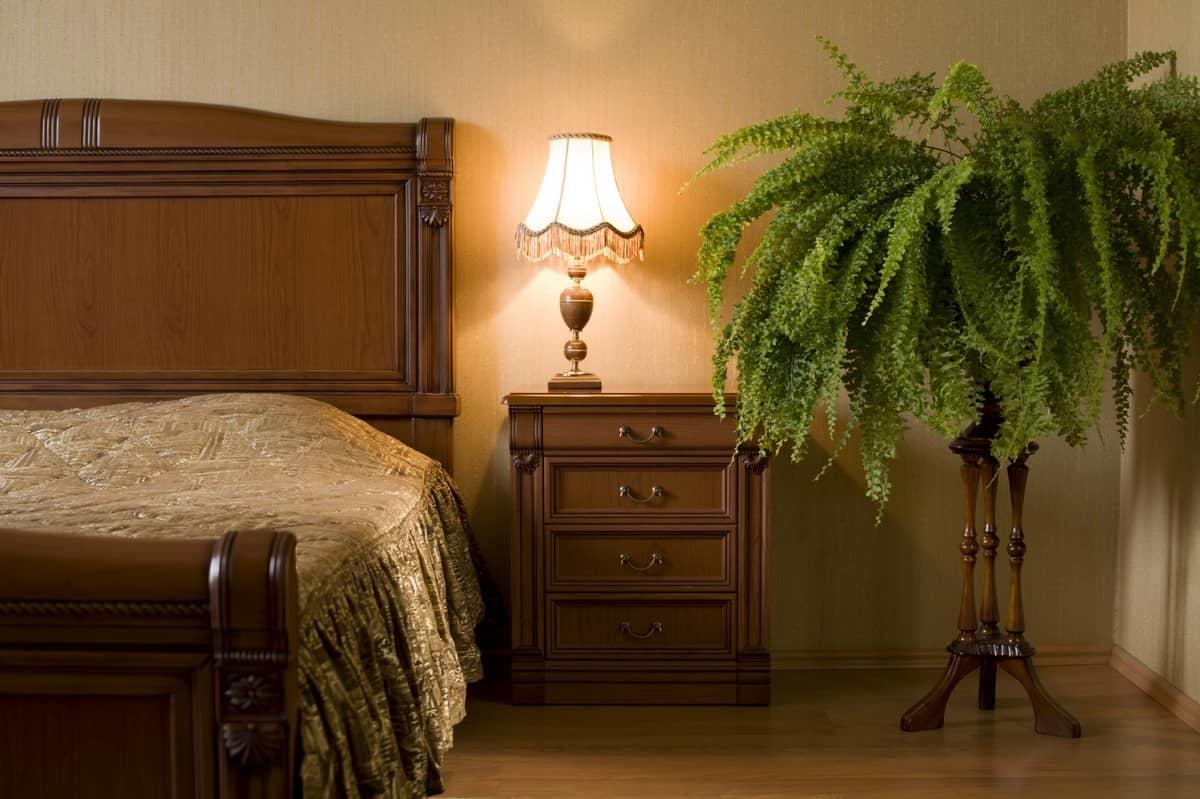
In no case should you place exotic flowers with a strong smell in the bedroom, emit toxic substances or contribute to the occurrence of allergic reactions. These include Dieffenbachia, Lily, Orchid.
Plants can be placed in different places using floor pots, window sills, bedside tables, walls. A great option for a relaxation room would be Violet, Myrtle, Aloe, Fern, Laurel, Chlorophytum, Geranium.
Kitchen
It is the warmest, ventilated room with high humidity. Therefore, the kitchen is suitable for many plants for which such conditions are ideal.
Among them, the following flower species can be distinguished:
- photophilous - Orchid, Azalea, Agave, Dracaena, Pelargonium, Cactus, Gloxinia, Monstera;
- thermophilic - Anthurium, Begonia, Coleus, Pelargonium, Dieffenbachia;
- preferring a shadow - Aglaonema, Gardenia, Clivia, Callisia, Streptocarpus.
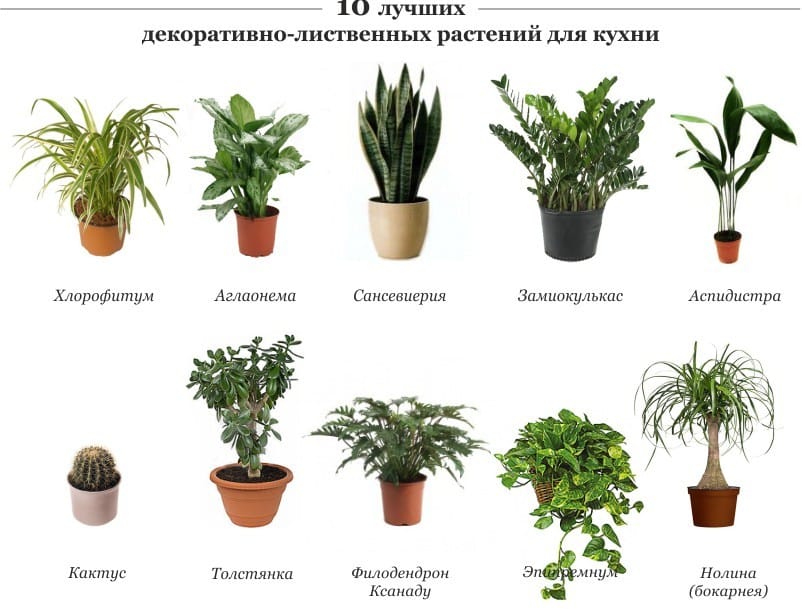
Plants must be selected depending on the size of the kitchen. For example, large kitchens are perfectly decorated with bulk greens, standing in large pots on the floor. It is important that the kitchen flowers are healthy, neat and do not emit strong odors.
Cabinet
In this room, everything should be set up in a working manner, contribute to concentration. An important condition for the proper gardening of the study is the location of green vegetation at eye level. Periodic visual contact with plants reduces fatigue, drowsiness, and eye strain. You can leave Bonsai on your desktop. It is important that this place is well lit at least 3-4 hours a day.
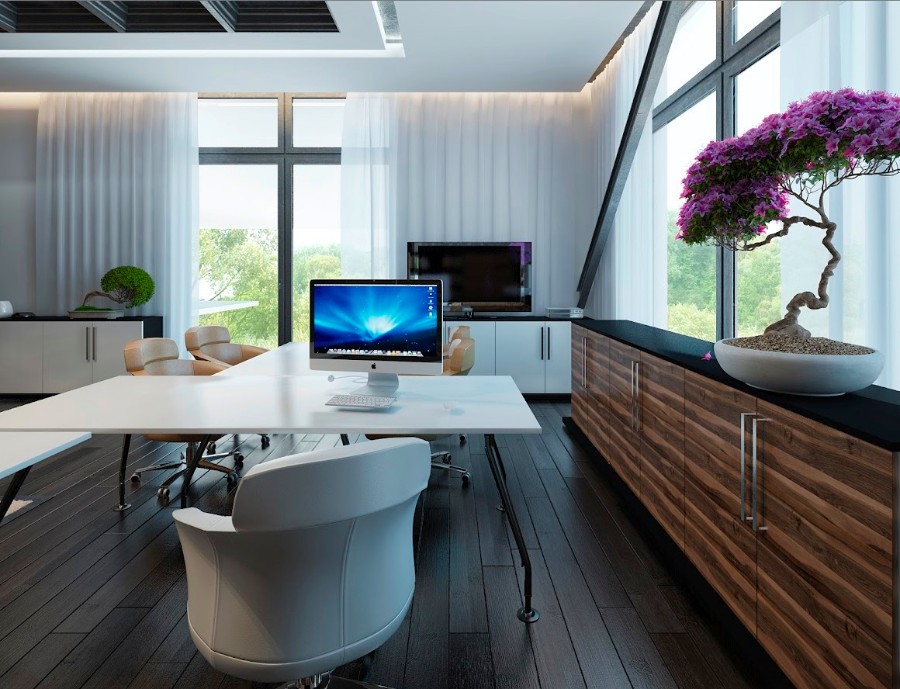
To select specific plants, it is important to consider the internal layout of the room, indicators of temperature, humidity and illumination. Greening a cool office with insufficient lighting will help Ivy, Aucuba, Myrtle, Cissus Antarctic. It is possible to divide the open space into zones with the help of Yucca, Dracaena, Rapis, Ficus. Angaonema, Scindapsus - the most resistant to tobacco smoke species.
Bathroom
Tropical hygrophilous plants that prefer dusk will fit perfectly into the interior of the bathroom. It is advisable to use live greens in the presence of a window that provides natural light. Otherwise, the flowers will need to be taken periodically into the light, as well as add additional lamps.
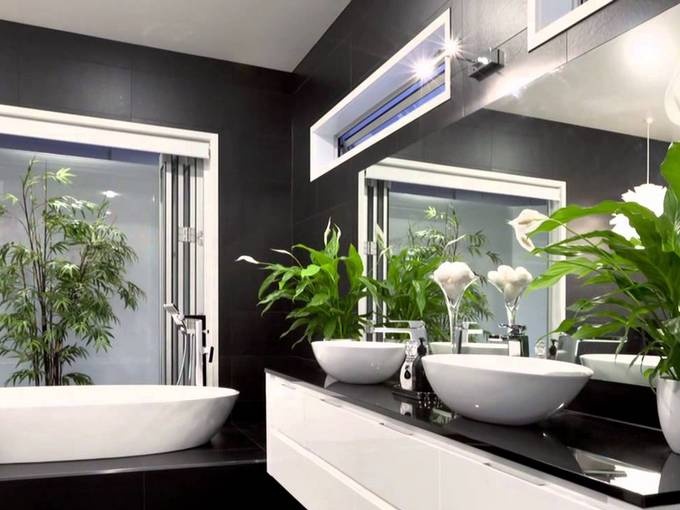
A large bathroom is best decorated with a large exotic plant. In addition, for the conditions of such premises Ficus, Fern, Small ivy, Philodendron, Cyclamen, Violet, Chrysanthemum are best suited.
Hallway
It is advisable to decorate a spacious, well-lit hallway with green vegetation. Large plants in massive flowerpots that are installed on the floor are perfect for this. Openwork palms, Yucca, Dracaena, Ficus, Bottle tree - the best choice for such conditions.
With a lack of light, it is recommended to give preference to unpretentious specimens, for which life and shadow is enough. Among them are Sansevieria, Fern Asplenium, Aspidistra, Bonsai. In any case, they need to be periodically taken out into the sunlight.
Color Arrangement Options
Gardening must be carried out, taking into account the features, needs of a particular plant, as well as design rules for creating an interior. For example, indoor plants prefer well-lit places, and green vegetation similar to palm trees and ferns feel great in the shade.
Window sill is the most popular flower arrangement. Most suitable for these purposes are windows facing south, east or west. For shade-loving plants, the north side is also suitable. On the other hand, the southern window sill, rich in sunlight, is an excellent option for cacti, roses, succulents. In the east, suitable conditions for Fuchsia, Dieffenbachia, Azalea. Tradescantia, representatives of citrus crops are actively growing in the west.
Ornamental dwarf trees, bushes, creepers, palm-like plants feel great in massive pots on the floor. It is important to take care of good lighting. You can place such vegetation in groups, symmetrically near the door. In some cases, with their help, the tasks of dividing the living space into separate functional zones are solved, in others unsightly corners are hidden, islands of tropical greenery are created.
Household flowers with curved leaves, hanging branches need special stands. It is with this arrangement that the entire decorative potential of this green vegetation is revealed. Various suspended structures allow indoor plants to be placed even in remote corners of the room. Lattices, miniature coasters of original shapes, holders made of various materials - tools to solve any landscaping tasks.
Vertical gardening with indoor flowers
Modern interiors are perfectly complemented by vertical landscaping. The unusual location on the walls and ceiling amazes the richest imagination with its unusual appearance. Such installations are characterized by high aesthetic appeal and fit perfectly into the fashionable interior.
The following modern varieties of vertical landscaping can be distinguished:
- mobile and suspension structures;
- ceiling installations;
- paintings from floral materials;
- green walls;
- plant modules.
For vertical gardening, such plant species as Ivy, Drazeny, Tradescanzia, and special moss in a stable state are most suitable. To create a bright accented place in the room, often part of the wall is turned into a green zone. When creating such compositions, preference is given to deep vessels and capacious pallets. For a strict vertical pattern, climbing plants with a dense crown are suitable.
Tips for using plants to create different interior styles
The islands of plant life have become a popular "chip" in the design of houses and apartments. Modern man subconsciously strives for unity with nature, so he tries to bring natural notes to the interiors of various styles. This direction in design was called "New Botany."
A large plant with large leaves in a massive pot underlines the creative mess of Loft-style industrial textures. Lush greenery inside the confined space of pipes, glass flasks, cans enriches the urban interior.
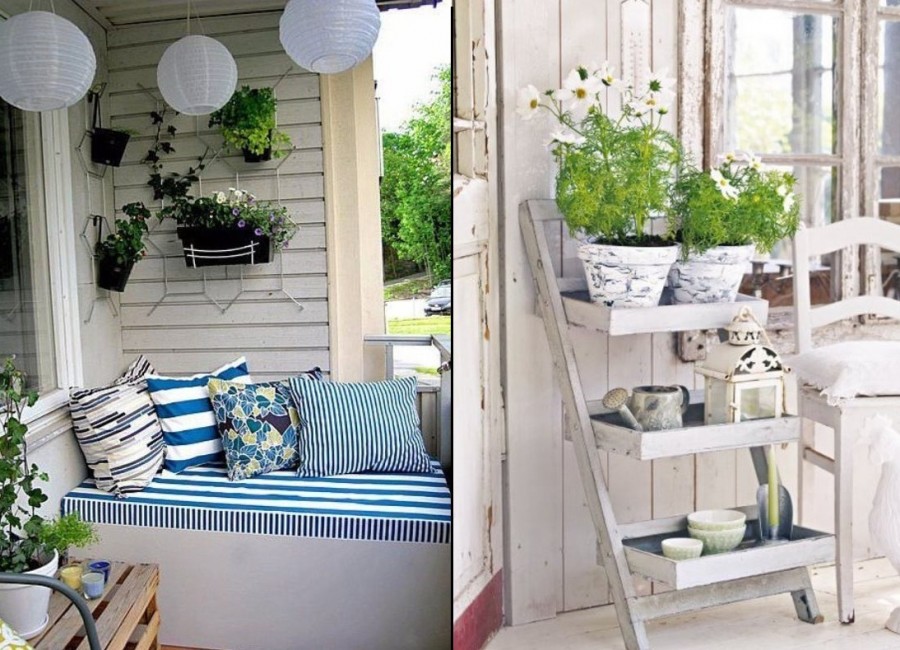
Vertical, horizontal flower beds with integrated irrigation system organically fit into the high-tech technological style. Vintage ceiling plants that grow from top to bottom amaze the imagination of an ordinary person, but reflect the world view of a supporter of high technology.
Strict graphics of shapes, decorative leaves of plants fit perfectly into the artificial interior of Art Deco, which combines the sophistication of antiquity with various architectural styles.
Racks, shelves of various configurations, flowerpots are perfect not only for the rustic country style, but also for Provence. In this case, preference is given to roses, violets, geraniums, hyacinths, crocuses. In addition, you can create miniature lawns using various cereal plants, lavender. An abundance of shelves, whatnots, painted pots are signs of this French style.
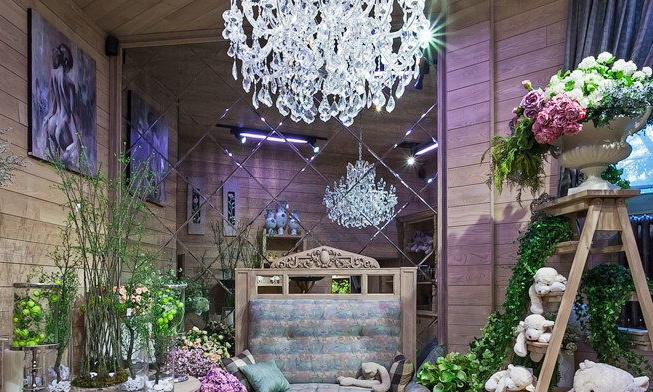
A cache-pot of different materials, stones, sand, trees are included in the composition of Japanese mini-gardens. Indoor cypresses, ivy, roses, oleander will perfectly complement the Mediterranean interior. In the Scandinavian version, the plant should be in the spotlight. Here, for the first time, lawns on the walls began to be used, framed in the picture are hanging gardens of moss, cereals, stems, leaves, ampelous plants. Inverted pots with stems growing down are an extravagant example of this style.
Plants that improve indoor microclimate
Most indoor flowers are used to create islands of nature that purify and moisturize the air, soothe, decorate various interiors.
Geranium is characterized by antibacterial, antiviral activity, so it favorably affects a person with insomnia, neurosis, and even with oncology. If lemons grow in the room, then the air there will be almost sterile. Eucalyptus, Kalanchoe prevent the development of colds. Effectively purify the air, improve indoor microclimate phytoncid, coniferous plants, Ivy, Philodendron, Begonia, Ficus, Rosemary medicinal.
Common Growing Questions
Living vegetation in a house or apartment fills the interior space with coziness and comfort, purifies and moisturizes the air, saturates it with oxygen. Thanks to indoor flowers, the room accumulates positive energy, which beneficially affects a person, raising the mood.

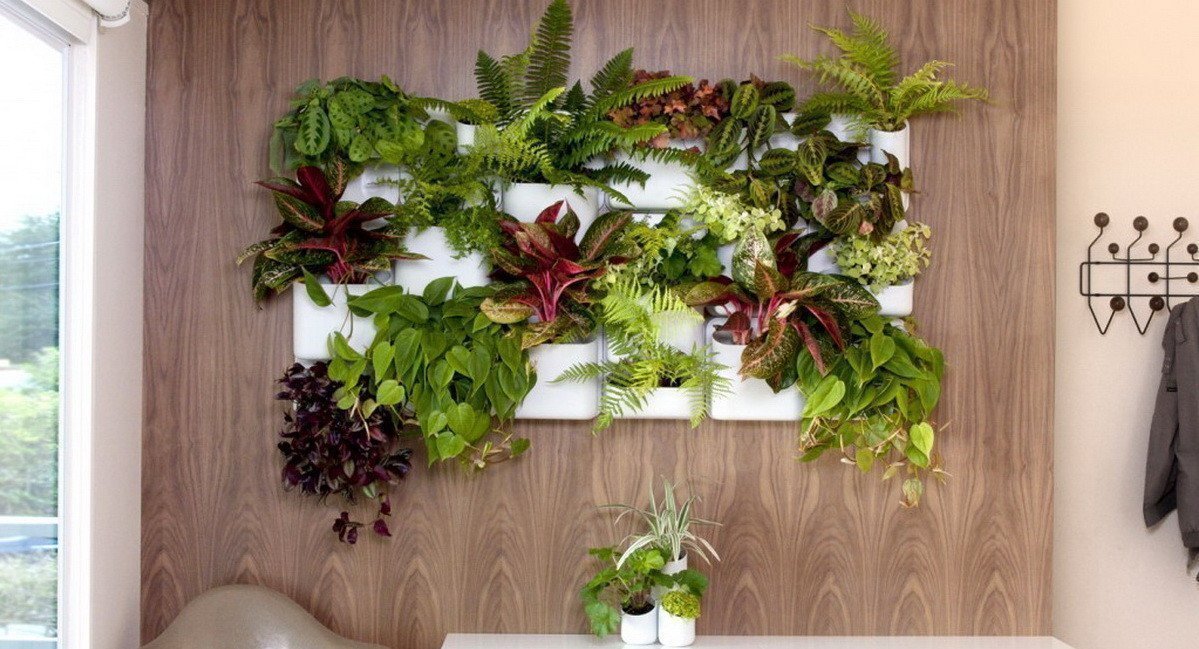

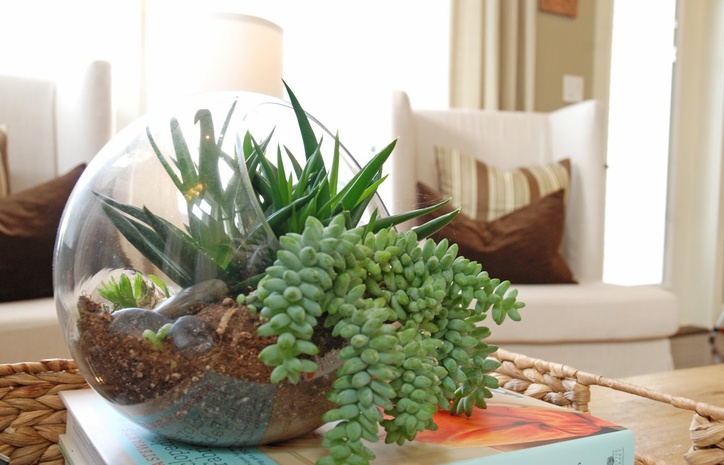



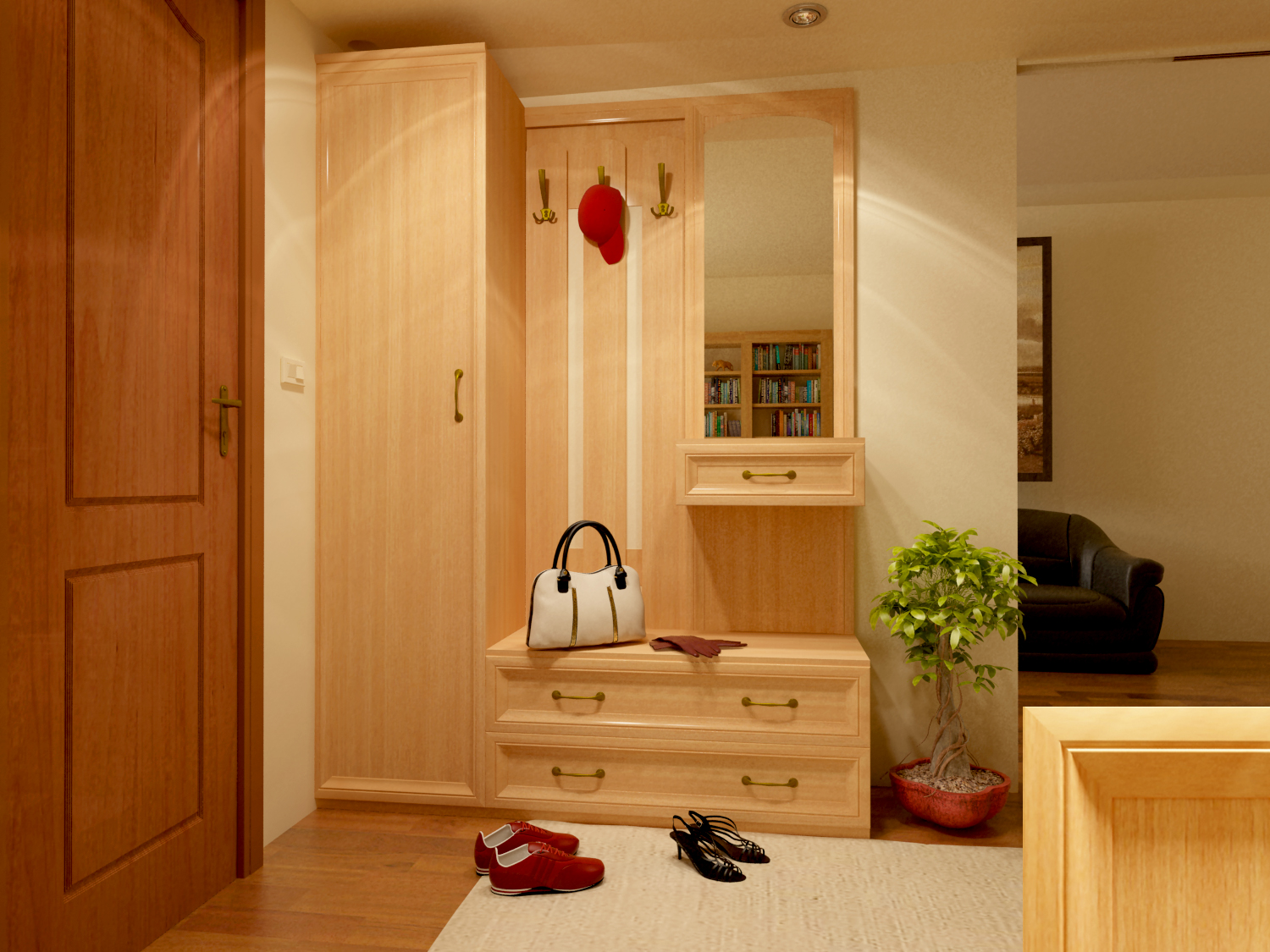
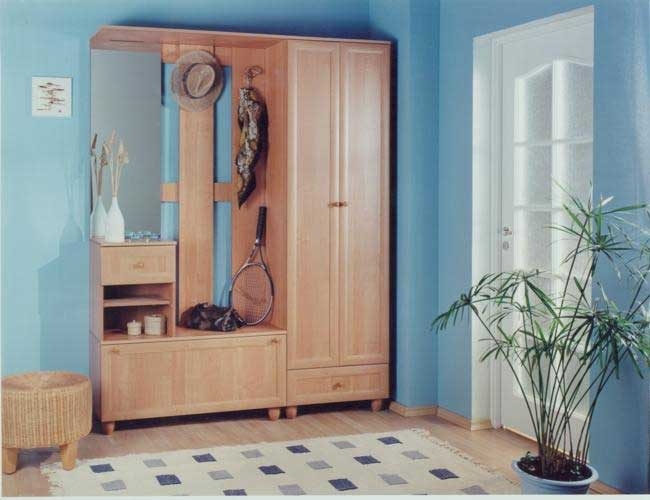
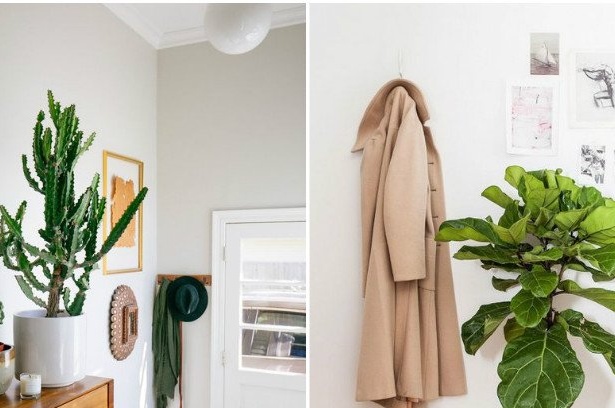
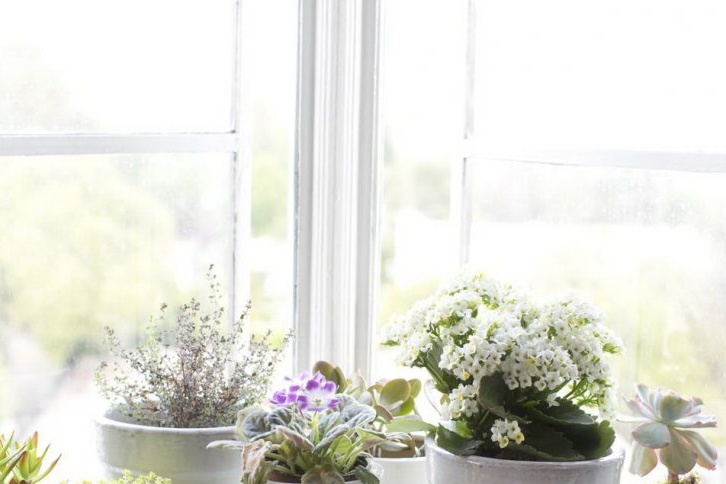
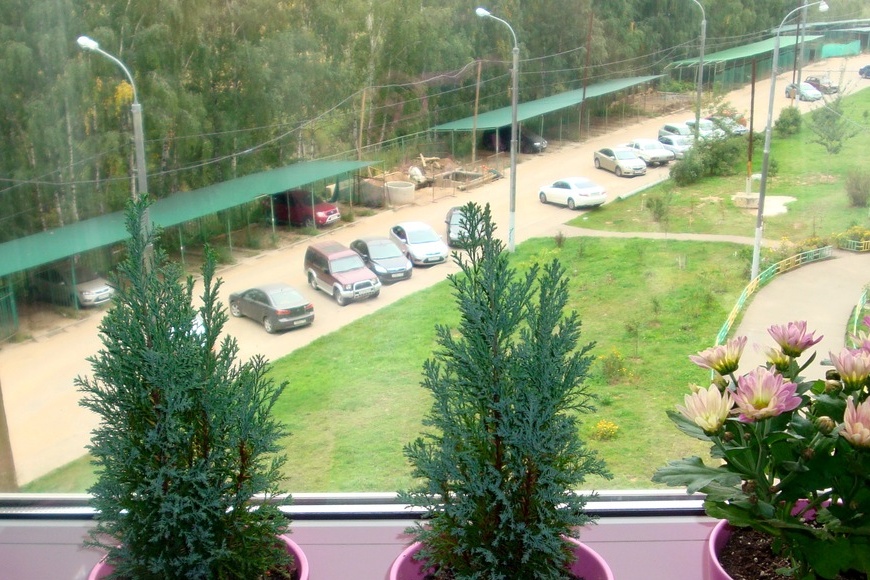
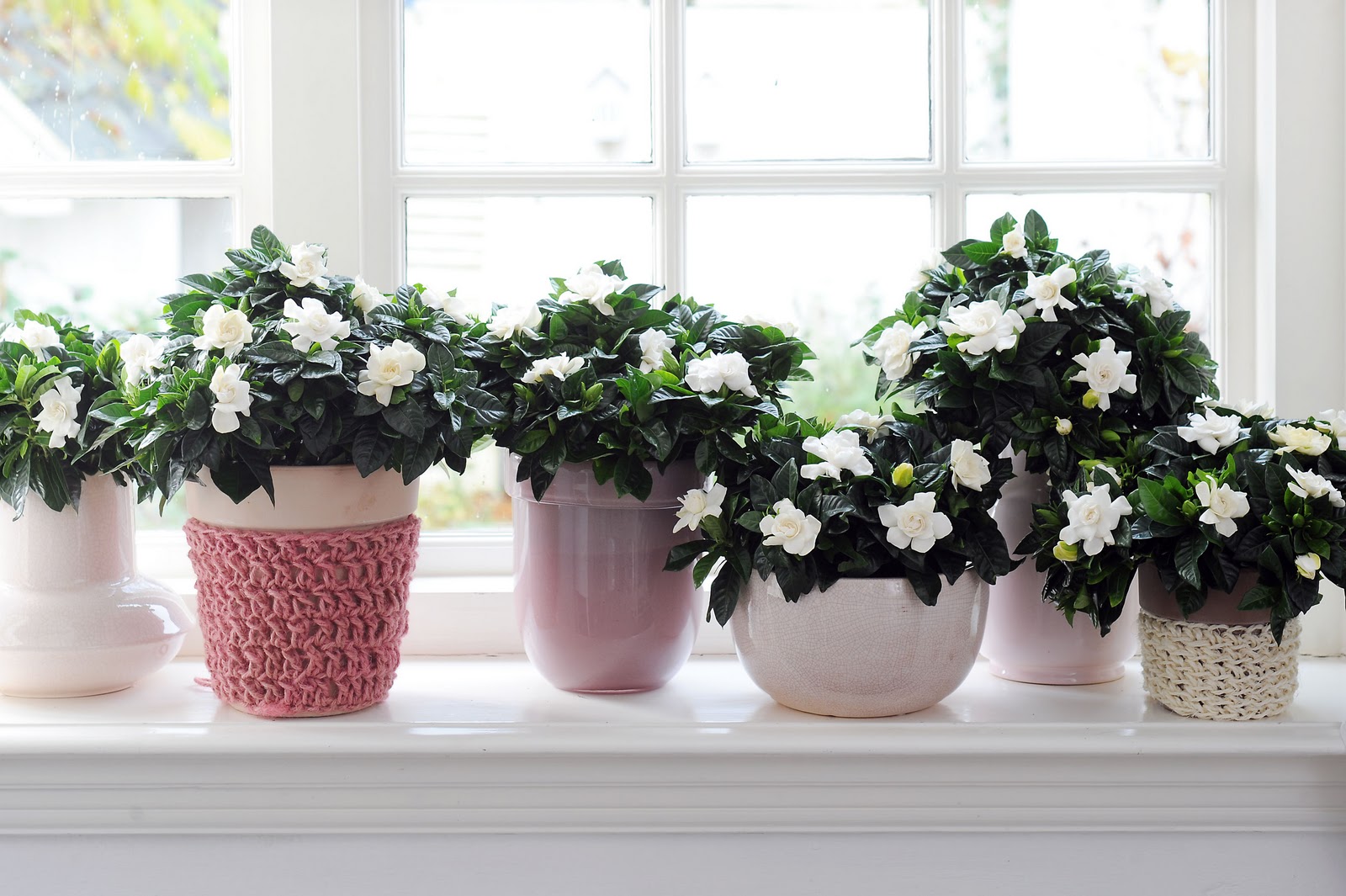
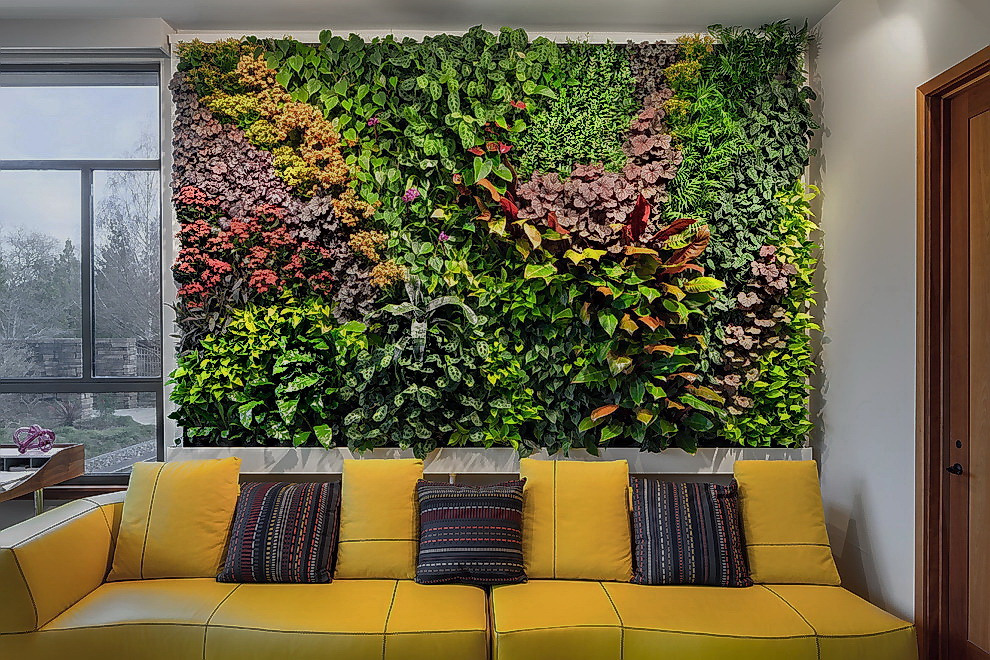
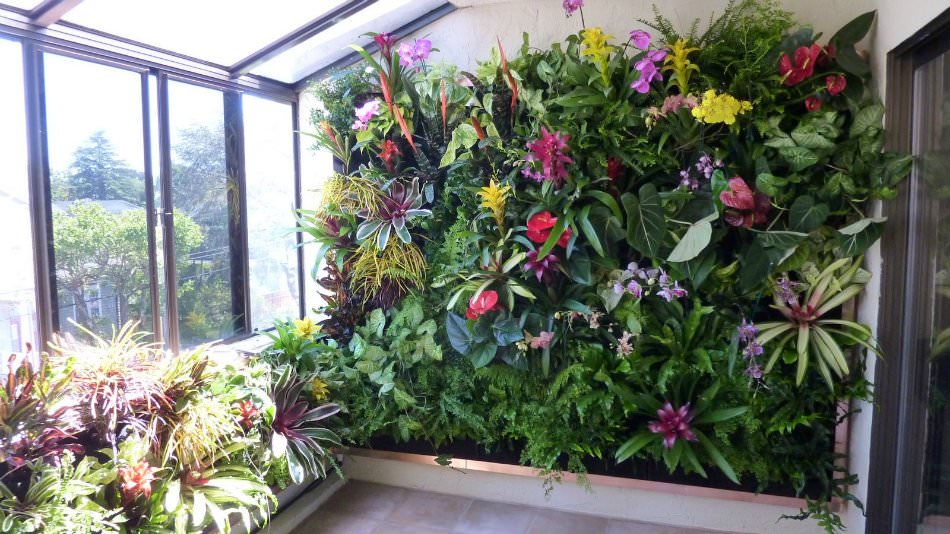
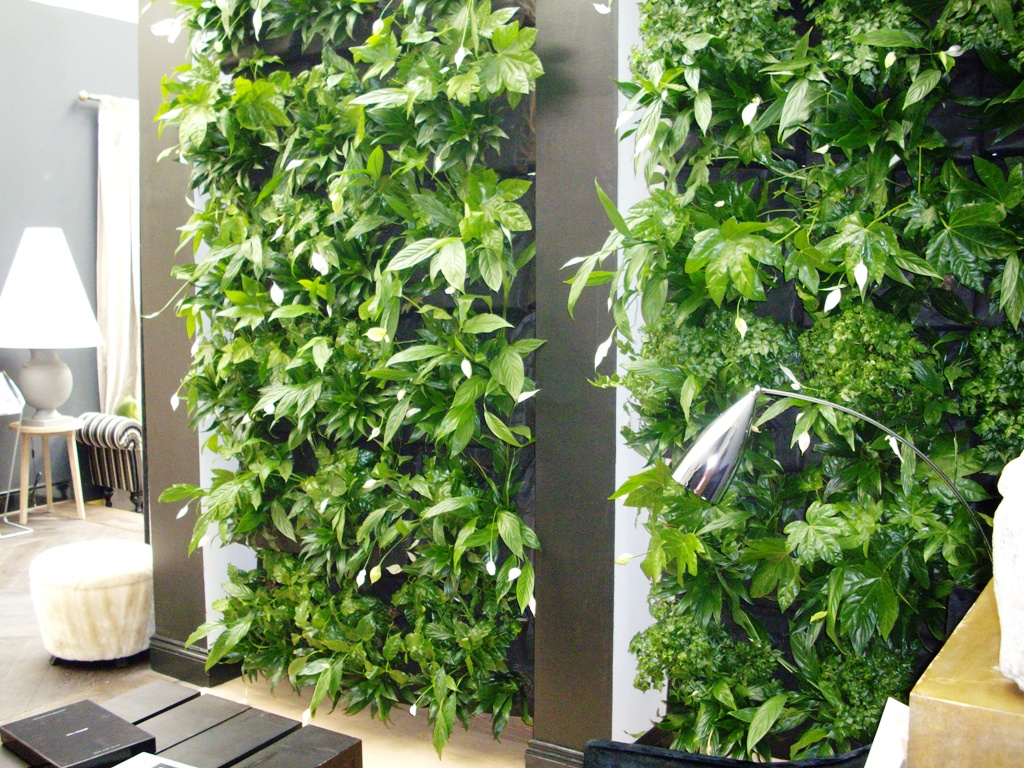
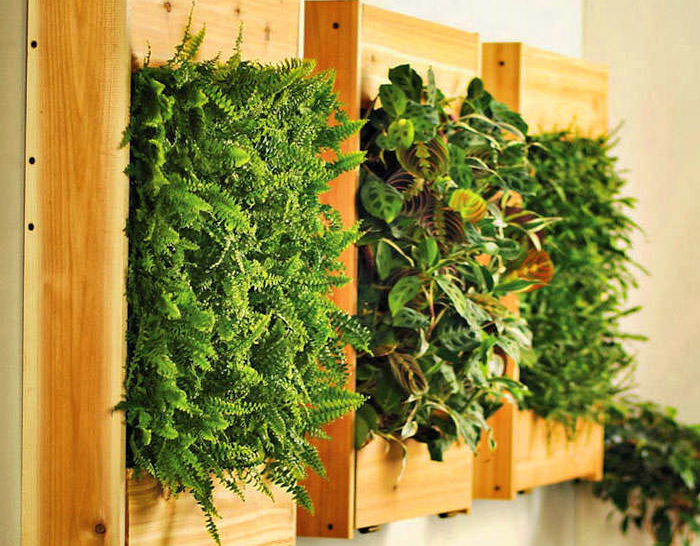
 10 beautiful annuals that bloom all summer
10 beautiful annuals that bloom all summer Sow in the ground, without seedlings: 10 beautiful and unpretentious flowers
Sow in the ground, without seedlings: 10 beautiful and unpretentious flowers Platicodon planting and outdoor care
Platicodon planting and outdoor care Hosta - planting and care in the open ground in the Urals
Hosta - planting and care in the open ground in the Urals